Lady in the Lake/1947/MGM/103 min.
Mistletoe and holly, egg nog and parties, guns and murder. In “Lady in the Lake,” based on Raymond Chandler’s novel of the same name, actor/director Robert Montgomery mixes Christmas traditions with ironic noir style.
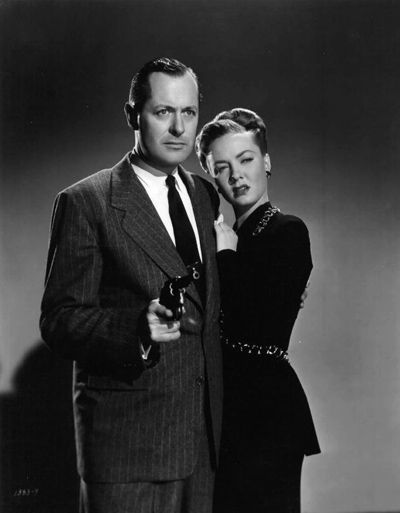
After Adrienne Fromsett (Audrey Totter) hires Philip Marlowe (Robert Montgomery), their relationship morphs from business to pleasure.
While sleigh bells are jingling, Montgomery’s Philip Marlowe, the famed private eye, is trying to find a mystery woman named Chrystal Kingsby. Chrystal is married to Derace Kingsby (Leon Ames), the owner of a book publishing company in Los Angeles; she was last seen at the Little Fawn Lake resort.
Marlowe’s been hired by one of Derace Kingsby’s employees: uptight and bossy Adrienne Fromsett (Audrey Totter), a sharp-tongued executive editor with designs on her boss and his money. She chooses her detective not from the yellow pages but from a crime-caper manuscript Marlowe submits for publication – some effective multitasking she’ll no doubt include on her performance review. Though Adrienne’s all about business and bank balances at first, she softens as sparks fly between her and Marlowe.
Heading to Bay City (based on Santa Monica), Marlowe checks in with Chris Lavery (Dick Simmons), a Southern-transplant playboy with whom Chrystal was having an affair. But a punch from Lavery lands Marlowe in jail and he wakes up to questioning from Capt. Kane (Tom Tully) and Lt. DeGarmot (Lloyd Nolan). After his release, Marlowe learns that a woman’s body has been recovered from the lake and that the caretaker has been charged with murdering his wife, Muriel (Jayne Meadows). He also finds Lavery’s dead body.
From there, as Marlowe puts together the pieces of the puzzle – a multiple-identity scam, another murder, several soured love affairs, Chrystal’s part in the proceedings – Adrienne realizes that Marlowe, not Derace Kingsby, is the man for her. (Look out for blonde actress Lila Leeds as a receptionist at the publishing company. Leeds was arrested with Robert Mitchum on Aug. 31, 1948, for possession of marijuana.)
More interesting than the plot is way the movie was shot. Montgomery plays Marlowe but we see very little of him in character because Montgomery as director took a stylistic risk by using a subjective/first-person camera and telling the story from Marlowe’s point of view.
First-person camera had been used before – briefly in “Dr. Jekyll and Mr. Hyde” (1931, Rouben Mamoulian) and “Murder, My Sweet” (1944, Edward Dmytryk) and most notably for about 30 minutes in “Dark Passage” (1947, Delmer Daves, starring Bogart & Bacall). But this was the first time the whole movie (other than a few times when Marlowe speaks directly to the audience) unspooled in this manner.
It’s a daring experiment and a bigger deal than you might think, involving a number of technical, staging and acting challenges. In their excellent commentary on the Warner Home Video DVD, Alain Silver and James Ursini provide insight as to what this artistic decision meant for Montgomery.
For example, the film has very long takes and far fewer cuts than most movies of its time – this serves to build suspense but is tough to execute. For the actors as well (other than Montgomery) this presented hurdles. They were required to address the camera directly (something they’d been trained to avoid) and they faced the pressure of knowing that if they goofed toward the end of the take, the whole lengthy shot would have to be redone.
Additionally, Silver and Ursini point out that because “Lady in the Lake” was an MGM production (as was “The Postman Always Rings Twice” the year before), it had to conform somewhat to the studio’s preferred look: high production values and high-key lighting – unlike most noirs, which used low-key light and featured richer shadows, more intense chiaroscuro.
So, did the shooting experiment work? Chandler, who drafted a script that Steve Fisher rewrote, thought Montgomery made a mistake. And having watched “Lady in the Lake: a few times, I’m inclined to agree. First, despite the marketing gimmick of putting the viewer in the detective’s shoes and urging him/her to solve the crime, “Lady” feels artificial and stilted, perhaps because the long takes lend a slightly stagey feel to the performances.
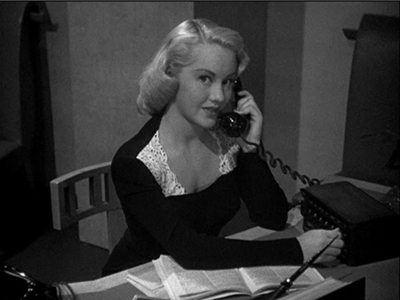
Lila Leeds, who plays the receptionist at the publishing company, was arrested with Robert Mitchum in 1948 for possession of marijuana.
Not seeing much of Montgomery/Marlowe makes it hard to connect to the story (typically Chandlerian in its twists and turns) and puts too much weight on the shoulders of the other players. While Totter and the rest are very capable, they can’t quite pull off such a distorted view for the duration of the movie. It’s too big a hole for any cast to fill.
And Marlowe isn’t particularly sympathetic because we only glimpse him here and there instead of seeing him interact with the others – especially Totter. For their romance to work, we need to see them together!
That said, I don’t want to get all Bah-Humbug about this yuletide yarn. “Lady in the Lake” is fun to watch just for the novelty value and I love to picture Adrienne sprawled on a sofa and whipping out her red pen to shape Marlowe’s manuscript as he mixes her a martini, garnished with a candy cane, natch.
“Lady in the Lake” will show in 35 mm at the Castro Theatre in San Francisco on Wednesday, Dec. 19, as part of Noir City Xmas 3. The evening will also feature the unveiling of the full schedule for the Noir City 11 film festival.
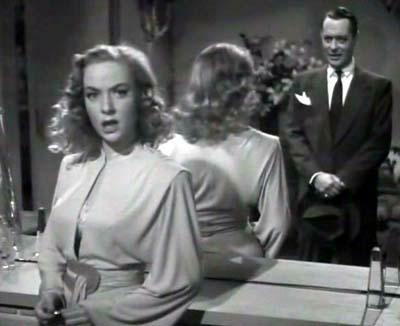
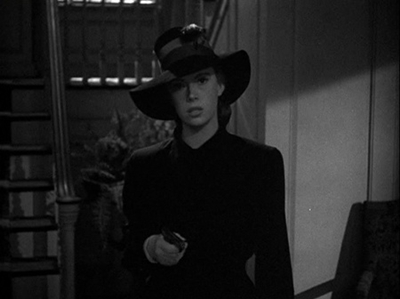






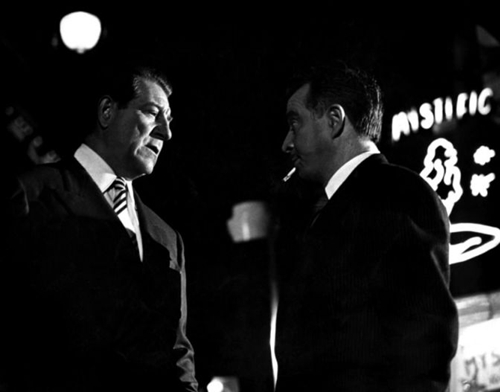
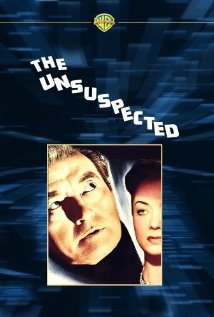
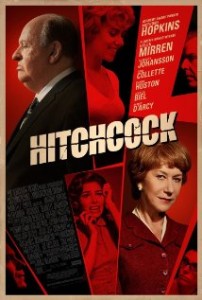
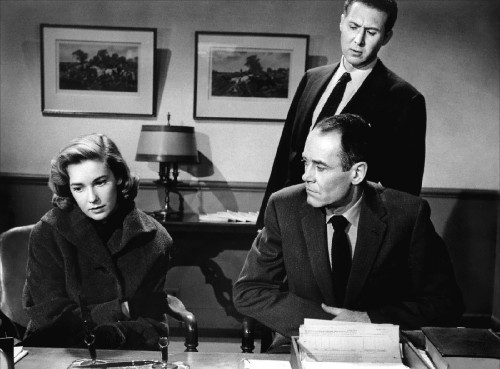
![Bonjour Tristesse DVD[1]](http://www.filmnoirblonde.com/wp-content/uploads/2012/11/Bonjour-Tristesse-DVD11.jpg)
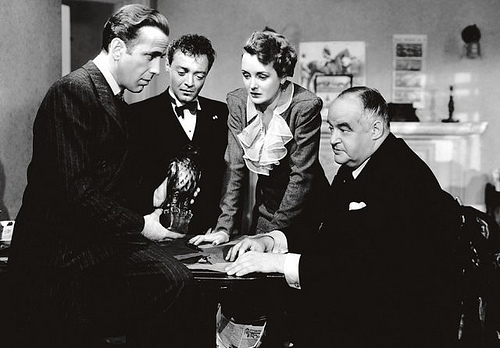
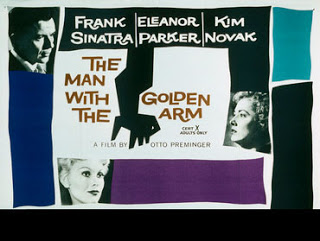
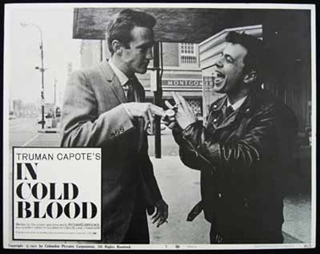

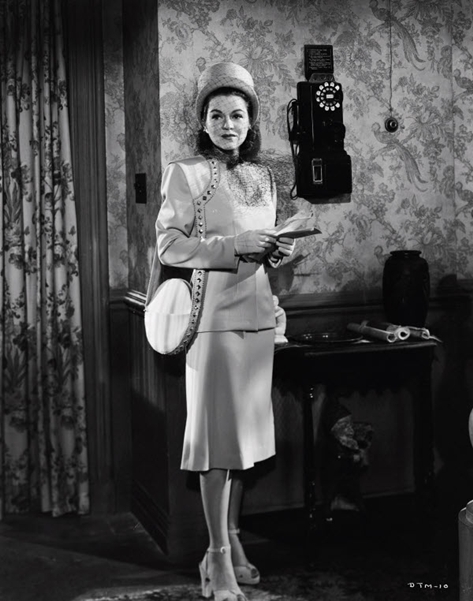
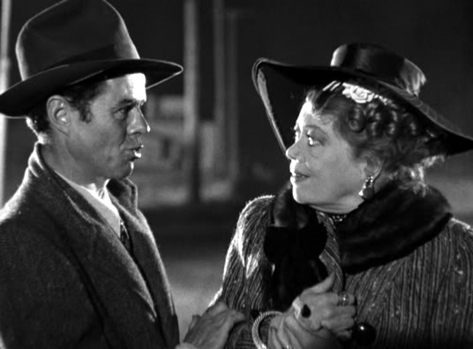
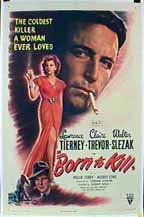
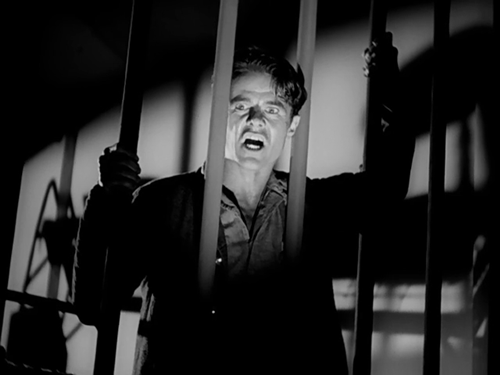
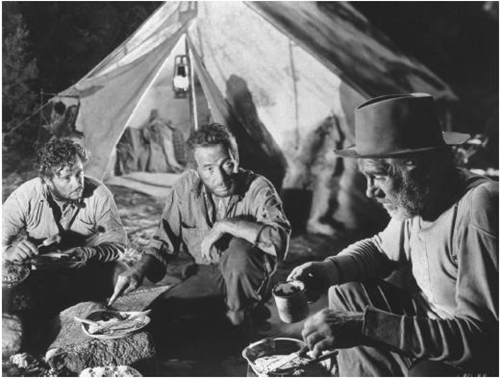

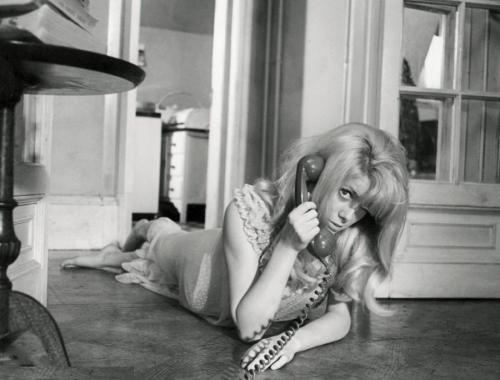
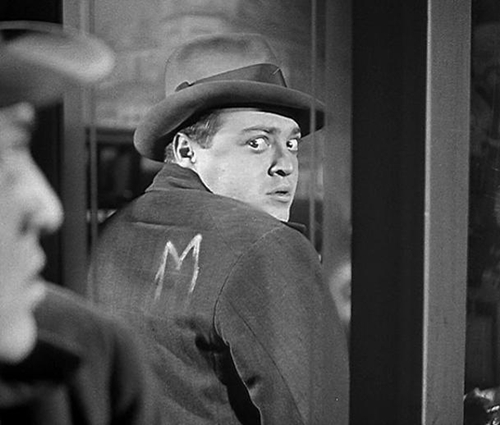
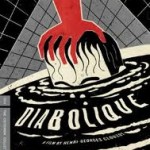
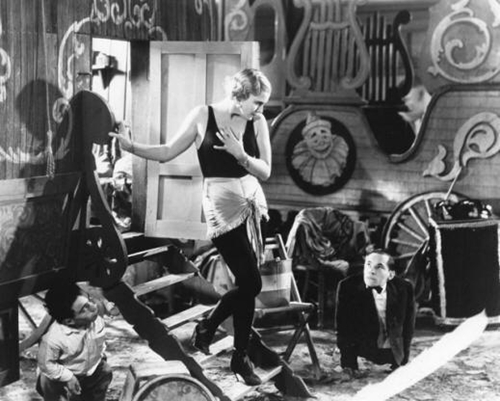
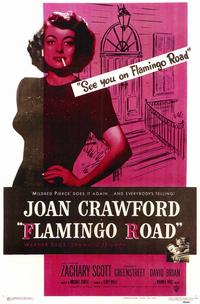
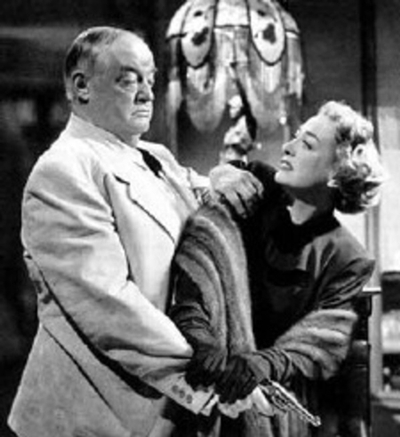





From FNB readers